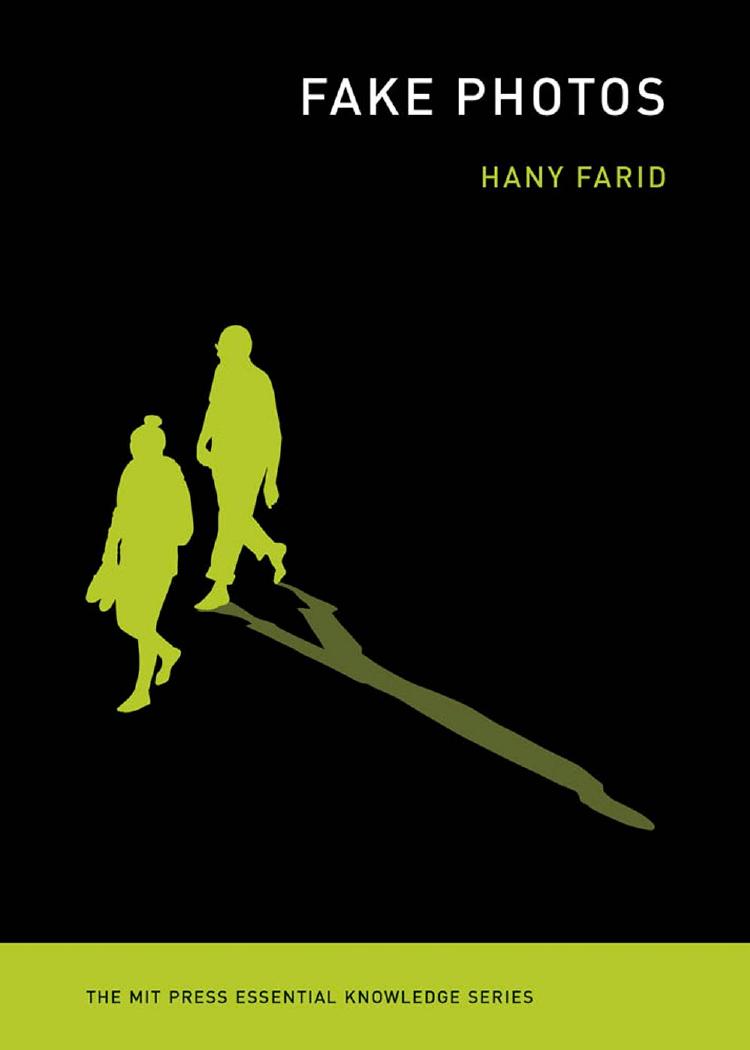Fake Photos by Hany Farid

Author:Hany Farid
Language: eng
Format: epub, pdf
Publisher: The MIT Press
Published: 2019-08-15T16:00:00+00:00
Figure 2.1 The solid and dashed curves each correspond to an image saved at a relatively high-quality of 80. The manipulated image (dashed), however, was previously saved at a lower quality of 50. The difference between each image and recompressed copies of itself show a decidedly different pattern between the manipulated and original. The dip in the image difference at quality 50 is termed the JPEG ghost.
A JPEG ghost can be uncovered by comparing an image to versions of the image resaved at different JPEG qualities. The simplest comparison is the average absolute pixel value difference between the test image and each of its resaved versions. The dashed curve in figure 2.1 shows the result of this calculation for an image initially saved at quality 50 and resaved at quality 80. Notice that, after an initial increase, the pixel value difference does not appreciably change until the resaved version of the image reaches a quality less than 50. Compare this with the solid curve, which shows the same function for an image that was never compressed below 80. This ghost of the initial compression is a telltale sign that the image was previously saved at a lower quality.
The presence of a JPEG ghost provides strong evidence that the image could have been altered after the initial recording, although it does not reveal the nature of the alteration.
There are a few limitations to this analysis. First, this analysis is most effective when the edited image is saved at a higher quality than the original image. Second, this analysis works on the assumption that the recompressions that you perform use similar quality settings of whatever photo-editing software was used. Third, this analysis works only if the image was not cropped after editing—that is, if the JPEG block boundaries are preserved. There are more involved techniques for alleviating some of these limitations, but they require more complex computations.
Though it is a bit tedious, this analysis can be performed in Photoshop. The first step is to save copies of the image at each compression level. Then stack these copies in the Layers palette with the original image in Difference blending mode. The mean pixel value difference can be retrieved from the Histogram panel and plotted as a function of the compression level.
Download
This site does not store any files on its server. We only index and link to content provided by other sites. Please contact the content providers to delete copyright contents if any and email us, we'll remove relevant links or contents immediately.
| Computer Vision & Pattern Recognition | Expert Systems |
| Intelligence & Semantics | Machine Theory |
| Natural Language Processing | Neural Networks |
Algorithms of the Intelligent Web by Haralambos Marmanis;Dmitry Babenko(16223)
Jquery UI in Action : Master the concepts Of Jquery UI: A Step By Step Approach by ANMOL GOYAL(9383)
Test-Driven Development with Java by Alan Mellor(7729)
Data Augmentation with Python by Duc Haba(7602)
Principles of Data Fabric by Sonia Mezzetta(7374)
Learn Blender Simulations the Right Way by Stephen Pearson(7293)
Microservices with Spring Boot 3 and Spring Cloud by Magnus Larsson(7136)
Hadoop in Practice by Alex Holmes(6585)
RPA Solution Architect's Handbook by Sachin Sahgal(6513)
The Infinite Retina by Robert Scoble Irena Cronin(6215)
Big Data Analysis with Python by Ivan Marin(5929)
Life 3.0: Being Human in the Age of Artificial Intelligence by Tegmark Max(5505)
Pretrain Vision and Large Language Models in Python by Emily Webber(4892)
Infrastructure as Code for Beginners by Russ McKendrick(4651)
Functional Programming in JavaScript by Mantyla Dan(4432)
WordPress Plugin Development Cookbook by Yannick Lefebvre(4378)
The Age of Surveillance Capitalism by Shoshana Zuboff(4239)
Embracing Microservices Design by Ovais Mehboob Ahmed Khan Nabil Siddiqui and Timothy Oleson(4144)
Applied Machine Learning for Healthcare and Life Sciences Using AWS by Ujjwal Ratan(4132)
